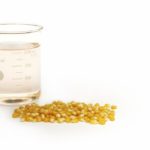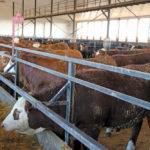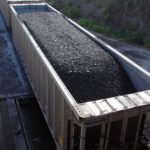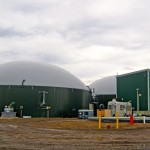With over 70 million acres of dedicated Canadian cropland and a direct economic value of $5.09 billion, forages are the country’s third-largest crop, just behind wheat valued at $5.2 billion and canola at $7.3 billion. There’s no doubt forages are good for the economy. Perennial forages play an environmental role with the ability to reduce […] Read more











